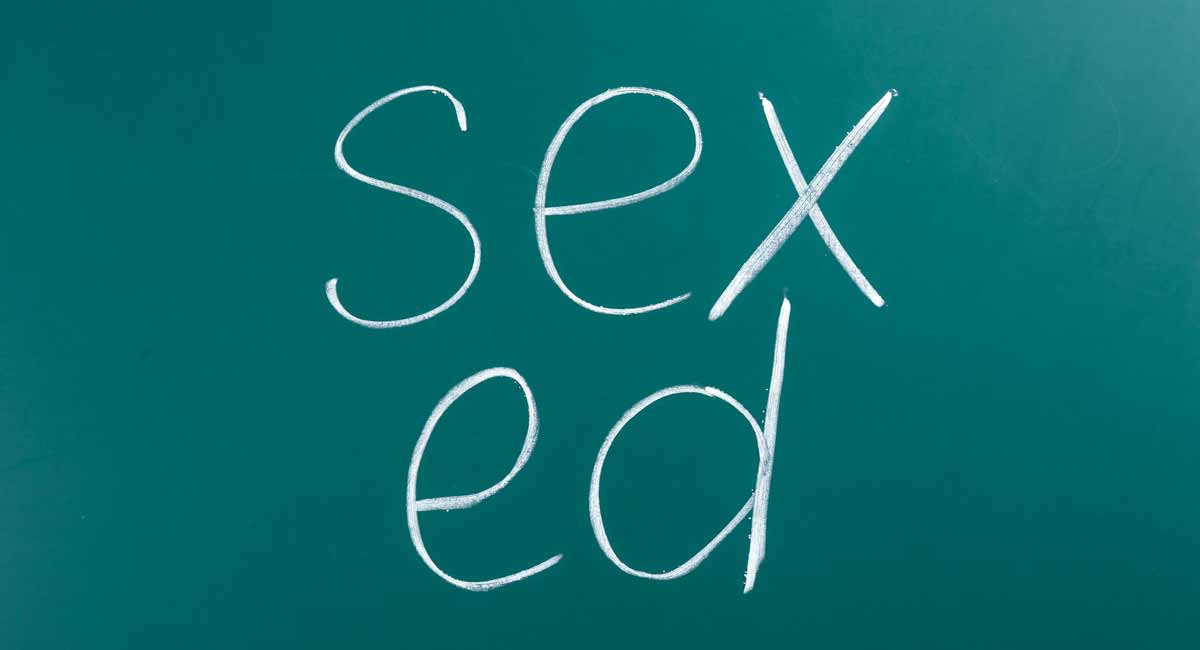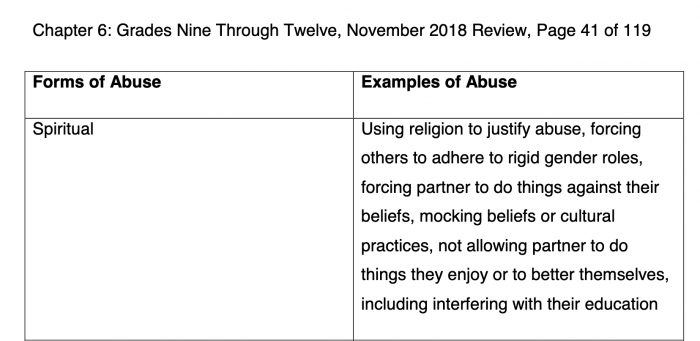In a sweeping and controversial move, the state of California recently voted to overhaul its sex education curriculum, leaving some people dumbfounded by how the Golden State could advocate teaching graphic and age-inappropriate topics in every public school classroom.
Ironically, the adopted framework claims to care about all viewpoints, including religious and cultural ones, according to its own documents, Chapter 9: Instructional Materials for Health Education (DOCX), which states the material as, “Appropriate for use with all students regardless of their disability, gender, gender identity, gender expression, nationality, race or ethnicity, culture, religion, sexual orientation, or living situation.”
But as the Associated Press reported, many of the most controversial components for some parents are directly related to religious and/or cultural viewpoints.
READ: Police training call shows how Planned Parenthood helps sexual abusers
“The framework tells teachers that students in kindergarten can identify as transgender and offers tips for how to talk about that, adding ‘the goal is not to cause confusion about the gender of the child but to develop an awareness that other expressions exist,'” reported the Associated Press.
But this sex “education” doesn’t stop at normalizing gender dysphoria.
“It gives tips for discussing masturbation with middle-schoolers,” says the AP, “including telling them it is not physically harmful, and for discussing puberty with transgender teens that creates ‘an environment that is inclusive and challenges binary concepts about gender.'”
There was a public comment period that lasted 60 days prior to the vote. In that time, parents, teachers, and a Planned Parenthood education manager, as well as other members of the public weighed in on the new sex education curriculum. Many expressed concern that abortion would be included in the curriculum. Others wanted to ensure abortion is included. These are a few of the comments from the document:
One concerned mother, Patricia Reyes, attended Wednesday’s hearing with her four-year-old daughter who held a sign that read: “Protect my innocence and childhood.”
“It’s just scary what they are going to be teaching. It’s pornography,” she said. “If this continues, I’m not sending them to school.”
Regardless of these concerns and speculation prior to the vote, the Health Education Framework revision’s reality is chock full of controversy. Chapter 6 is the guideline for students in grades 9-12. While the words Planned Parenthood don’t appear, the content is reminiscent of job ads in which an inside candidate has already been chosen.
Perhaps most concerning to parents of high schoolers is the very adult lessons their ninth graders may be taught in sex education classes. The standards say that “[g]uest speakers and media resources including books and videos should always be vetted for appropriateness, for compliance with state statutes, and to ensure the content they are providing is valid, age appropriate, and medically accurate.” Here’s some of what follows in that chapter (emphasis ours):
- “The CHYA lists many required topics including information on the safety and effectiveness of all FDA-approved contraceptive methods, HIV and other sexually transmitted infections (STIs), gender identity, sexual orientation, healthy relationships, local health resources, and pupils’ rights to access sexual health and reproductive health care.”
- “Working in groups, students research local community resources where teens can go to get tested for STI/HIV and pregnancy and to obtain contraceptives. … Students investigate the programs that help pay for these preventive medical service such as Family PACT or Medi-Cal.”
- “They also research California laws regarding minors’ access to reproductive health care, including the right to excuse themselves from campus to obtain confidential medical services without parental permission or notification and the right to confidentiality in insurance under the Confidential Health Information Act.”
It’s rather clear that when teenagers research local community resources online, a California kid will find Planned Parenthood. There are well over 100 Planned Parenthood locations in the state, and even if there is not one close by, their web presence is close enough that young people know where abortion services can be found. It’s also noteworthy that these are listed as “preventative” services. STI testing, HIV testing, and pregnancy tests are not preventative medicine.
Parents are not only concerned about Planned Parenthood and outside access, but about what students are doing in the classroom, as evidenced on page 33:
A condom (internal/female and external/male condom) and dental dam demonstration is provided. After the demonstration, students individually practice the step-by-step process on a penis model or their fingers (emphasis added).
Many parents, especially of kids fresh out of middle school, don’t want their children learning how to put a condom on a model penis–and for that matter, neither do the students.
Meanwhile, page 41 might be of concern to some parents whose Christian values teach that sexual activity outside of marriage is not appropriate. While this may seem old-fashioned to some, according to the state of California, some religious ideas are actually “spiritual abuse.”
When “not allowing partner to do things they enjoy” becomes “spiritual abuse” this can also become manipulation and is very confusing to a 14-year old exploring both developing feelings for the opposite sex and growing faith in his or her religious environment. The state of California cannot monitor all the sexual dialogue in order to walk that line and offer appropriate definitions.
The final word on exactly what is taught in sex education and how it is taught comes down to the school district where the student is, and that can vary with the local culture, teachers, principal, attitudes of the community, et. al; however, the curriculum is an opt-out curriculum. That means, students are automatically subjected to it unless parents specifically opt their children out in writing, which depends on their awareness and reading the fine print — something that should happen but isn’t always possible.
“Like” Live Action News on Facebook for more pro-life news and commentary!












